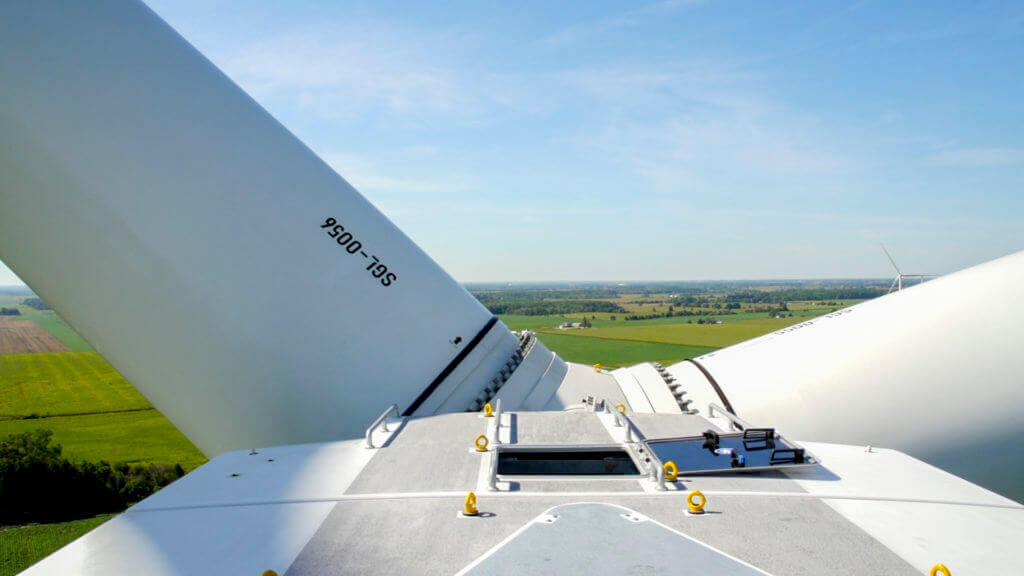Power 101
Where do we get power?
We Are Committed to Diversified Power Generation
Holland Board of Public Works offers a diverse energy portfolio, distributing energy from natural gas, coal, wind, biomass, and landfill gas. In fact, with our Power Purchase Agreements (PPAs) over 16% of our power comes from sustainable energy sources, significantly more than the state requirement of 10%. This diversity helps us to keep our rates consistent and competitive, sourcing our power from the most affordable option at any given time.
Natural Gas
What is combined-cycle natural gas?
In a Combined-Cycle Gas Turbine (CCGT) system, two turbines work in tandem to generate electricity. The first—in this case, a natural gas turbine—generates electricity, and exhaust heat from that combustion is used to turn a second turbine, which is typically a steam turbine. This reuse of excess heat provides much more efficient generation than is provided by a natural gas turbine alone. (Video courtesy of Siemens AG)
Why natural gas?
- Natural gas is reliable, abundant and produced in the U.S.
- Natural gas is one of the most cost-effective fuel sources available today.
- Natural gas is significantly more efficient, which makes it much more environmentally friendly than coal. It produces an average of 50% less CO2, lower levels of NOx, fewer particulate emissions, and virtually no SO2 and mercury emissions.
Coal
We still get power from coal?
Yes, while our own James De Young power plant burned its last coal in April, 2016, there is still some coal in Holland BPW’s resource portfolio. We continue to make important strides in the decarbonization of our resource portfolio while maintaining cost effective and reliable services for our customers.
Why coal?
- Coal is affordable, reliable and has a vast existing infrastructure in our state.
- Unlike renewables, coal provides an important supply of continuous base load power – even when the sun doesn’t shine and the wind isn’t blowing.
Wind Turbines
How does Holland use wind energy?
Holland BPW buys power through two power purchase agreements (PPAs) with two wind energy parks in the midwest. These PPAs are an important part of our portfolio and go above and beyond state requirements.
- 16.8 MW from an array in Ithaca, MI
- 15 MW from an array in Elwood, IN.

How does wind energy work?
Most wind-based power generation involves an array of wind turbines built in an area with consistent, year-round wind. Wind drives the turbine’s propeller-like blades, which in turn drive the electric generator inside. Power is then transferred down the shaft to a transformer at the base, where power is transmitted into the grid.
Why wind energy?
Wind energy has a small ecological footprint and produces no carbon emissions, making it a sustainable energy source over the long term. Unfortunately, wind power only contributes to the grid during the right weather conditions when turbines are in motion, making it serve best as a supplement to base load energy production.
Landfill Gas Power
We use landfill gas to power Holland?
Since early 2010, Holland BPW has held PPAs with landfill gas power plants from Granger and North American Natural Resources (NANR). Together they produce over 40,000 mWh of energy
What is landfill gas power?
Waste from landfills breakdowns producing gases, including methane. Without safe ways of venting or repurposing this gas, methane can build up, potentially causing dangerous explosions.
A great way to resolve this problem is to use the gas to produce electricity. Landfill gas power plants drill into landfills, releasing gases and safely burning methane to drive turbines.
